The concept of playing music in space has long fascinated scientists and artists alike. With the International Space Station (ISS) serving as a hub for scientific experimentation, the idea of a zero-gravity piano has emerged as a unique challenge. Traditional pianos rely on gravity to return hammers to their resting position after striking the strings, making them impractical in microgravity environments. Engineers and designers have been exploring innovative solutions, with the magnetic hammer mechanism standing out as a promising approach.
The Magnetic Hammer Solution
At the heart of this innovation lies the replacement of gravity-dependent components with magnetic systems. In Earth's gravity, piano hammers fall back naturally after striking the strings. In space, without gravity, this mechanism fails. The magnetic hammer design proposes using controlled electromagnetic fields to both propel the hammers toward the strings and retract them afterward. This dual-action system could potentially replicate the functionality of a traditional piano while adapting to the unique conditions of space.
Researchers at the European Space Agency have been collaborating with musical instrument engineers to develop prototypes. Early tests suggest that carefully calibrated magnetic fields can provide the necessary precision for musical performance. The hammers, equipped with small but powerful magnets, would be guided by electromagnetic coils positioned beneath the strings. When activated, these coils would create a repulsive force to launch the hammer, then reverse polarity to pull it back after the strike.
Technical Challenges and Breakthroughs
Developing this technology hasn't been without obstacles. One major challenge has been achieving the delicate touch sensitivity that pianists expect. On Earth, the weight and return speed of hammers contribute significantly to a piano's expressive range. In the magnetic system, engineers must precisely control acceleration and deceleration to mimic these subtle variations. Recent advancements in pulse-width modulation for the electromagnetic coils have shown promise in creating more nuanced responses.
Another significant hurdle has been power consumption. The constant electromagnetic activity required to maintain the hammer mechanism could strain the space station's energy resources. However, the development of superconducting materials that operate at relatively high temperatures (around -70°C) offers potential solutions. These materials could dramatically reduce energy requirements while maintaining the strong magnetic fields needed for precise musical control.
Human Factors in Space Performance
Beyond the technical specifications, the human experience of playing a piano in zero gravity presents its own set of considerations. Astronaut-musicians would need to adapt their playing technique to account for the lack of gravitational reference. Without the ability to "ground" themselves through the piano bench, performers might need specialized restraints or body positioning aids to maintain stability while playing.
The psychological impact of music in space cannot be overstated. As long-duration space missions become more common, the therapeutic benefits of musical expression could prove invaluable for crew morale and mental health. The familiar tactile feedback of piano keys combined with the visual spectacle of floating hammers might create a uniquely space-bound musical experience that connects astronauts to Earth's cultural heritage while embracing their extraordinary environment.
Future Applications and Cultural Significance
The implications of this technology extend beyond recreational music-making in space. The precision magnetic control systems developed for space pianos could find applications in other microgravity manufacturing processes where delicate mechanical operations are required. Additionally, as humanity looks toward establishing permanent lunar bases or Mars colonies, such cultural technologies will play a vital role in maintaining human connection and creativity in extraterrestrial environments.
Artistically, the zero-gravity piano opens new avenues for composition and performance. The ability to precisely control hammer velocity and return timing could enable entirely new playing techniques impossible under Earth's gravity. Some avant-garde composers have already begun imagining works that would exploit these unique capabilities, potentially giving rise to a new genre of space music.
The journey from concept to functional instrument continues, with teams working to refine the magnetic hammer mechanism for reliability in the harsh space environment. While significant challenges remain, the progress made thus far suggests that the dream of hearing a sonata performed aboard the space station may soon become reality. This fusion of musical tradition and space-age innovation stands as a testament to human creativity's boundless potential, whether grounded on Earth or floating among the stars.
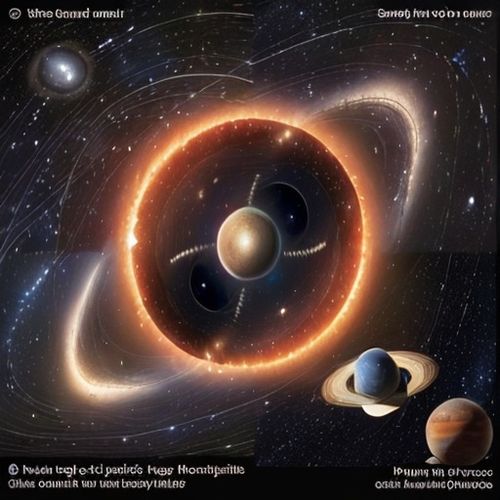
By Victoria Gonzalez/Apr 14, 2025
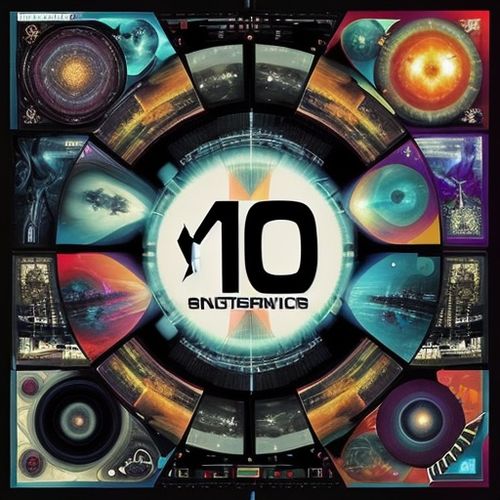
By Ryan Martin/Apr 14, 2025
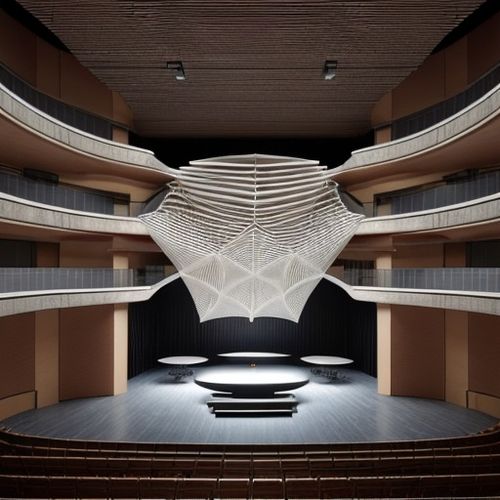
By John Smith/Apr 14, 2025
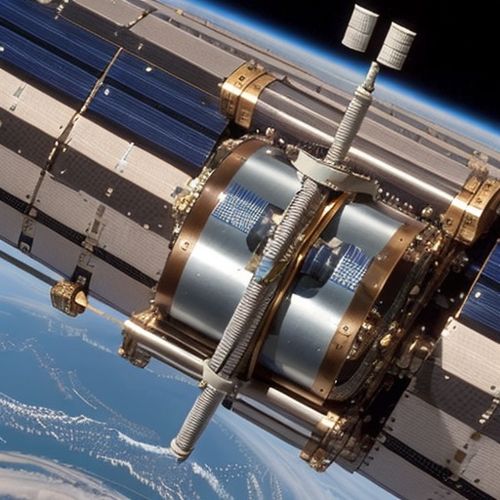
By Eric Ward/Apr 14, 2025
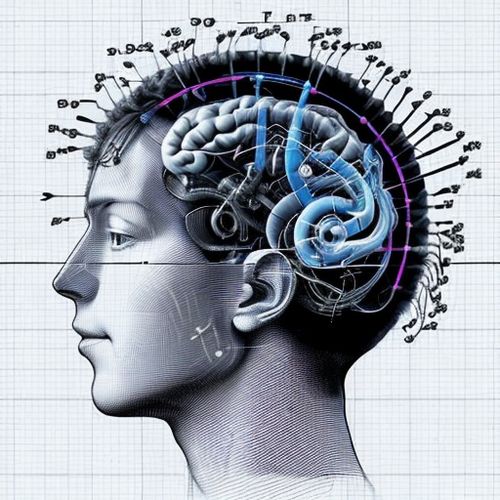
By Victoria Gonzalez/Apr 14, 2025

By Ryan Martin/Apr 14, 2025
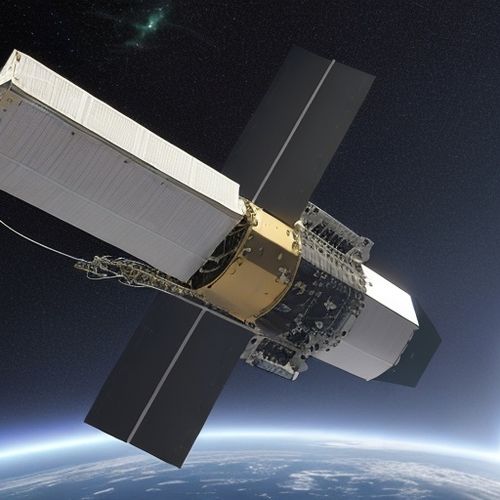
By James Moore/Apr 14, 2025

By Megan Clark/Apr 14, 2025
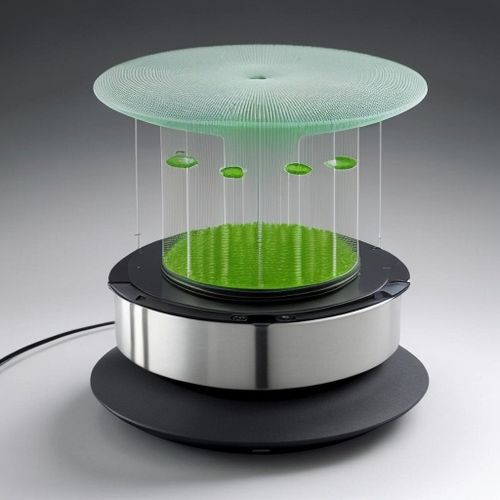
By John Smith/Apr 14, 2025
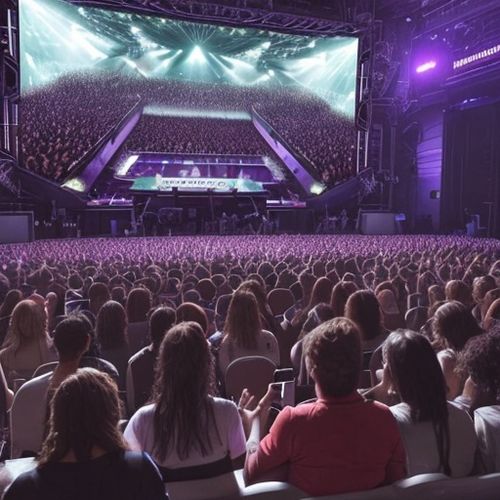
By Joshua Howard/Apr 14, 2025

By Laura Wilson/Apr 13, 2025

By Grace Cox/Apr 13, 2025

By Benjamin Evans/Apr 13, 2025

By George Bailey/Apr 13, 2025

By David Anderson/Apr 13, 2025
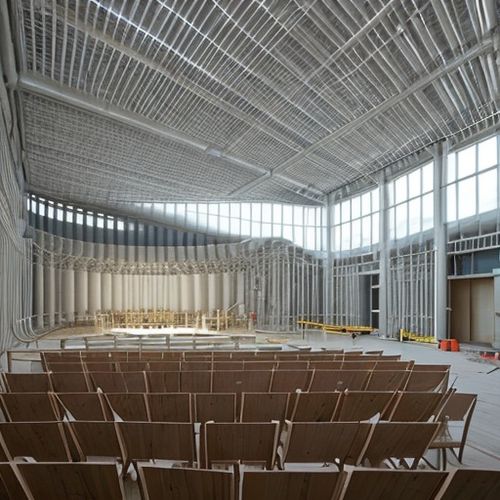
By Grace Cox/Apr 13, 2025

By William Miller/Apr 13, 2025

By Rebecca Stewart/Apr 13, 2025

By William Miller/Apr 13, 2025

By Daniel Scott/Apr 13, 2025